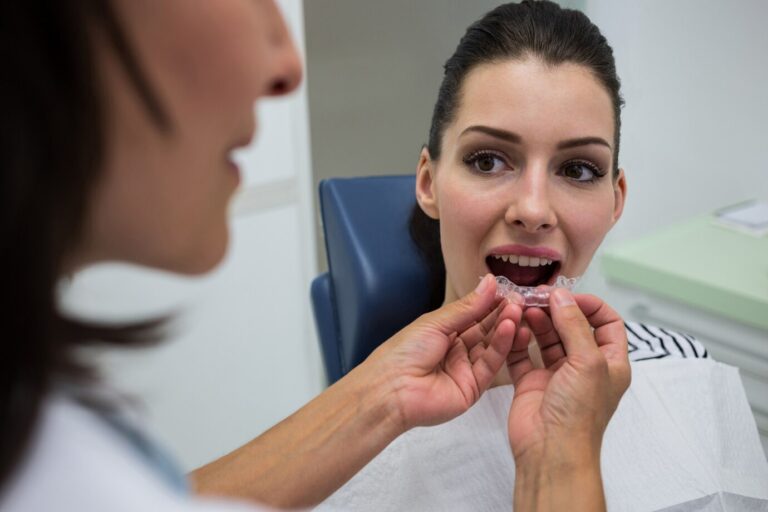Full mouth rehabilitation is a comprehensive dental process aimed at restoring the function, health, and aesthetics of the entire mouth. It is often recommended for individuals with extensive dental issues. This could include damaged or missing teeth, jaw pain, or bite irregularities. Understanding the treatments involved, such as crowns and bridges, can help patients make informed decisions about their dental care.
What Is Full Mouth Rehabilitation?
Restorative dentistry focuses on diagnosing and managing oral health issues related to damaged, decayed, or missing teeth. Its goal is to restore a patient’s oral function and improve the appearance of their smile. This area of dentistry often involves treatments for conditions such as tooth decay, gum disease, trauma-related damage, or significant wear from grinding and clenching.
Patients who struggle with eating, speaking, or smiling confidently may benefit from restorative dentistry. By addressing both structural and functional issues, these treatments aim to provide long-lasting solutions for improving overall oral health. A full mouth rehabilitation combines several restorative techniques to address multiple issues simultaneously.
What Are Crowns and Bridges?
Crowns and bridges are two common dental restorations that play a role in full mouth rehabilitation. Both are designed to repair or replace teeth, but they each serve distinct purposes.
Crowns are custom-made caps that cover a damaged or weakened tooth. They protect the tooth while restoring its shape, size, and appearance. Bridges are used to replace one or more missing teeth. They span the gap by anchoring to natural teeth or implants on either side.
The key difference between these restorative procedures lies in their use. While crowns are placed on single damaged teeth, bridges address missing teeth by replacing them entirely. Both options are solutions for restoring your smile and improving oral functionality.
What Does Rehabilitation Involve?
The process of placing crowns or bridges during full mouth rehabilitation is methodical and tailored to each patient’s needs. It begins with a detailed examination that includes X-rays, digital scans, or impressions of the mouth. This step allows the dentist to assess the extent of the damage or gaps and plan a precise treatment strategy.
For crowns, the dentist starts by preparing the affected tooth by removing any decay or damage and shaping the tooth to fit the crown. A temporary crown is placed while the permanent one is created in a dental lab. Once ready, the permanent crown is bonded to the tooth using dental cement. The placement of a bridge involves preparing the neighboring teeth, known as abutments. Like crowns, the teeth are shaped to hold the bridge securely. Impressions are taken to create a custom-fit bridge that matches the patient’s natural teeth. When the bridge is ready, it is carefully bonded into place, restoring both function and appearance.
Both crowns and bridges require follow-up visits to monitor their fit and performance. To prevent chips and cracks in dental restorations, avoid habits like nail biting, chewing on hard objects, and using teeth to open packages. Such behaviors can compromise the integrity of dental restorations and natural teeth alike. To maintain restorations and overall oral health, follow regular dental care, such as brushing, flossing, and routine check-ups.
Take the Next Step in Restorative Dentistry
Full mouth rehabilitation is a life-enhancing dental solution for those with complex oral health concerns. By combining techniques like crowns and bridges, patients can regain functionality and confidence in their smile. Consult a qualified dental professional to discuss your unique needs if you are exploring restorative dental options.

